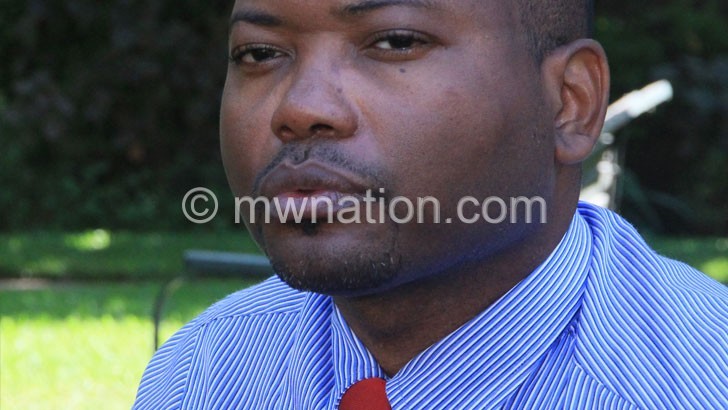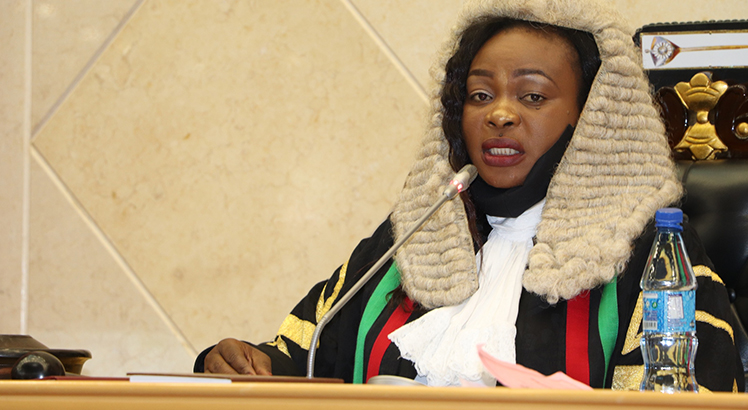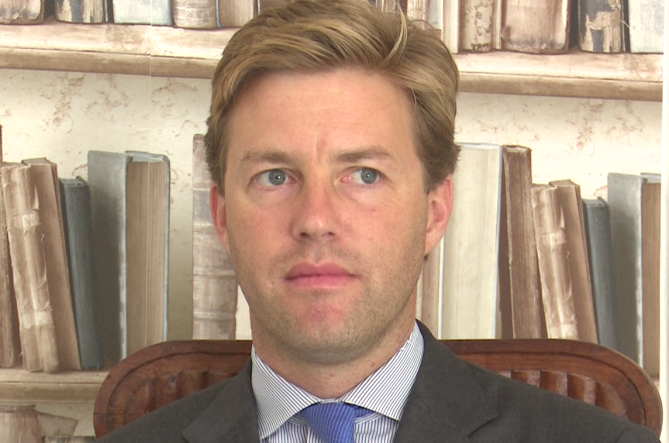High fertility rate threatens growth
While the 2018 United Nations Populations Fund (UNFPA) State of the World Population has rated Malawi’s fertility rate at 4.4, a drop from 2017’s 4.51, meaning four children per woman, commentators have warned the rate still threatens economic growth.
A health rights activist has said the rate is not good for a country with a struggling economy and a booming population standing at 19.4 million from 18.6 million last year.

The projection is that Malawi’s population will hit 20.2 million by the year 2020 and the figure is expected to double by 2050 when it will hit 41.7 million.
Health rights activist Maziko Matemba said Malawi already faces serious challenges as access to healthcare and education is limited.
He implored authorities to take such reports from reputable institutions such as UNFPA seriously and act on the issues decisively to mitigate suffering among Malawians.
Economics professor Ben Kaluwa, who teaches economics at the University of Malawi’s Chancellor College, said the booming population, with such fertility rate, piles pressure on government which has a responsibility to look after its citizens by providing social amenities.
He said government will have to look for more resources to construct schools and health facilities, among other facilities, to mitigate negative impacts that come with high fertility rate that results in population boom.
Said Kaluwa: “We need a GDP [gross domestic product] that is steadily growing. With a good GDP, it can counter some of those problems, but as things are, households can hardly get out of the poverty trap.”
The UNFPA report titled The Power of Choice, Reproductive Rights and the Demographic Transition, says countries that have fertility rates of more than four births per woman are poorer.
In the highlights of the report, UNFPA says much of sub-Saharan Africa and a half dozen other nations have total fertility rates of more than four births per woman.
“Typically, these countries are poorer, with limited access to healthcare and education.
“Entrenched gender discrimination discourages women’s autonomy. Practices such as early marriages
[associated]with an early start to childbearing, can be widespread,” it reads.
In its December 28 Systematic Country Diagnostic, the World Bank says weak governance and institutions contribute to Malawi’s poor development performance.
“Malawi’s stagnation is in large part driven by a stable but low-level equilibrium in which a small group of elites compete for power and political survival through rent seeking.
“The competitive-clientelist political settlement creates strong incentives for policies that can be seen to address short-term reforms needed to spur productive structural transformation,” the bank said.
The National Statistical Office is yet to release findings of a Population and Housing Census conducted in September this year.





